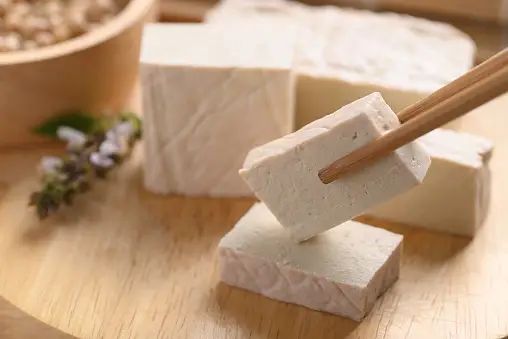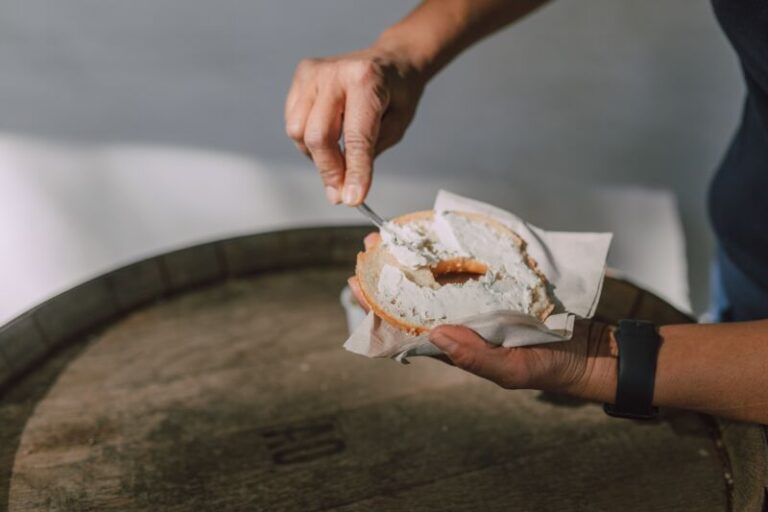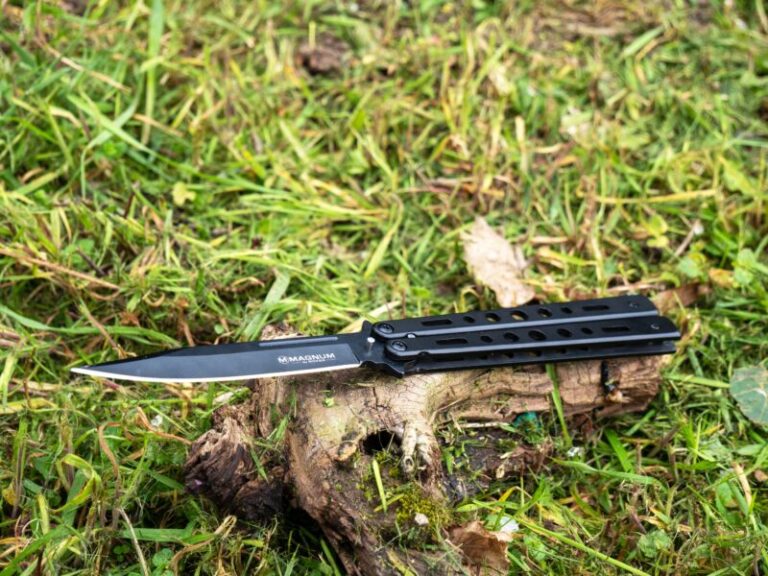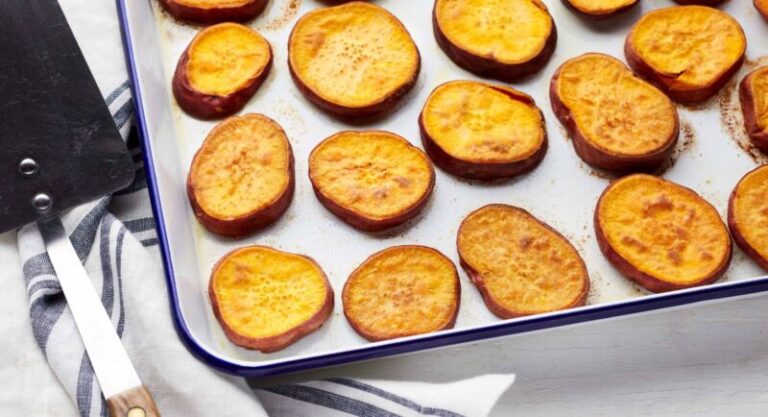How to Melt Peanut Butter? 4 BEST Ways
Peanut butter is one of my favorite ingredients to use in cooking and baking. Its rich, nutty flavor pairs well with both sweet and savory dishes. However, its naturally thick and sticky consistency can make it difficult to incorporate into recipes that call for melted peanut butter. If you’ve ever tried stirring chunky peanut butter into a smoothie or sauce, you know it doesn’t melt easily on its own. Luckily, there are a few simple tricks to get perfectly melted peanut butter every time.
In this article, I’ll share the best ways to melt peanut butter using common kitchen tools. Whether you need liquid peanut butter for a recipe, want to thin it out for drizzling, or just prefer a silkier texture, these methods will help you achieve the ideal melted consistency.
Why Melt Peanut Butter?
First, let’s look at why you might want to melt peanut butter in the first place:
- Makes it easier to blend into smoothies, milkshakes, and sauces
- Allows you to drizzle it over foods for garnishing
- Lets you swirl it into batters for a marble effect
- Creates a thinner, more pourable consistency for recipes
- Enhances the flavor when used to cook meats or stir into Asian dishes
Melting brings out the natural oils in peanut butter, transforming it from a stiff paste into a smooth, fluid ingredient. The possibilities are endless when peanut butter becomes pourable!
How to Melt Peanut Butter in the Microwave
One of the fastest and easiest ways to melt peanut butter is in the microwave. Here’s a simple microwave method:
- Start by placing the desired amount of peanut butter in a microwave-safe bowl. Use a standard chunky or smooth peanut butter.
- Put the bowl in the microwave and heat for 30 seconds on high power. The small timeframe prevents burning.
- Carefully remove the bowl and stir the peanut butter. It should begin melting around the edges.
- Return the bowl to the microwave for another 30 seconds, then remove and stir again.
- Repeat heating in 30-second intervals, stirring in between, until the peanut butter is completely smooth and liquid.
- Be careful not to overheat or it can turn dry. The total time is usually 1 to 2 minutes.
Microwaving gradually softens the peanut oils and makes the solids easier to integrate. Stirring ensures even melting without scorching. You’ll be left with perfectly melted peanut butter with this hands-off approach.
Melting Peanut Butter on the Stovetop
For a bit more control, try melting peanut butter on the stovetop:
- Set a small saucepan or nonstick pan over low heat.
- Add a scoop or two of peanut butter and allow it to warm in the pan.
- Use a silicone spatula to stir and spread the peanut butter around the pan as it melts.
- Once the oils begin separating out, stir continuously until fully combined.
- Remove from heat immediately once melted to prevent burning.
Be sure to use low heat and stir constantly. The stovetop allows you to melt just the amount you need and watch the consistency change gradually.
Blending Peanut Butter into a Smooth Paste
Puréeing peanut butter in a blender or food processor breaks down the solids into an ultra-smooth liquid.
To melt peanut butter this way:
- Scoop the peanut butter into a blender or food processor.
- Aim for around 1/2 cup for easier blending.
- Add 1 to 2 tablespoons of hot water or oil.
- Blend on high speed until completely smooth, scraping down the sides as needed.
- Add more hot water or oil for a thinner consistency.
The blender aerates the oils to fully incorporate them. Adding a touch of liquid prevents the peanut butter from gumming up the blender. This yields flawlessly smooth melted peanut butter.
Melting with a Bowl and Ladle
For an easy stovetop method without direct heat, use a bowl and ladle:
- Place the peanut butter in a heat-resistant bowl.
- In a saucepan, heat water, milk, or another liquid until just simmering.
- Slowly pour the hot liquid over the peanut butter while whisking continuously.
- The residual heat will gently melt the peanut butter without risk of burning.
- Once melted, whisk until fully combined.
This indirect heating prevents scorching for a smooth, liquid peanut butter. The ladle allows you to control the amount of liquid you add.
Tips for Getting the Perfect Consistency
To achieve ideal melted peanut butter for your needs, keep these tips in mind:
- Use a natural peanut butter for the best flavor without stabilizers interfering with melting.
- Start with room temperature peanut butter for quicker melting.
- Use crunchy peanut butter when you want to retain some texture.
- Add extra oil if the melted peanut butter is too thick or paste-like.
- For a thinner consistency, incorporate more hot water, milk, or cream.
- If the peanut butter won’t fully melt, try a hotter liquid or an extra minute in the microwave.
With any of these simple methods, you can achieve perfectly melted peanut butter to use however you like. The possibilities are endless!
Creative Uses for Melted Peanut Butter
Now that you know how to melt peanut butter, what creative ways can you use it? Here are some delicious recipe ideas:
Vegan Peanut Butter Ice Cream
By blending melted peanut butter into a frozen banana base, you can create rich, dairy-free ice cream. Simply peel and freeze some ripe bananas, then blend them with melted peanut butter and a splash of plant milk in a food processor. For added flavor, swirl in chocolate or fruit jam.
Peanut Butter Marbled Brownies
Marbling melted peanut butter into brownie batter before baking results in fudgy, peanut-swirled brownies. Use a spoon to drizzle melted peanut butter over the brownie batter, then swirl it with a knife for that mesmerizing marbled look.
Protein Peanut Butter Shakes
Add melted peanut butter to your post-workout protein shakes for extra calories and staying power. Blend it with protein powder, banana, milk or yogurt, and nutritious mix-ins like spinach or kale. The peanut butter smoothly incorporates for a nutritious, decadent shake.
Conclusion
With these simple tricks up your sleeve, you can now melt peanut butter anytime you need it in liquid form. Whether you’re cooking, baking, or mixing up a shake, melted peanut butter adds flavor, richness, and possibilities. Next time a recipe calls for melted peanut butter, try the microwave, stovetop, blender, or bowl and ladle method. Now go unleash your creativity in the kitchen with the magic of melted peanut butter!






